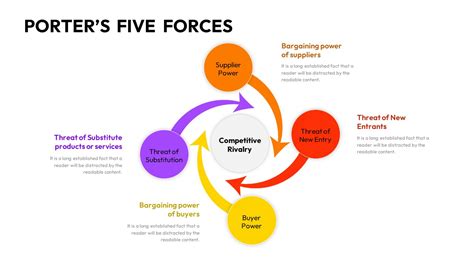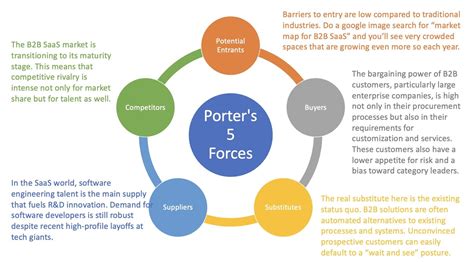Force, a fundamental concept in physics, is a push or pull that causes an object to change its state of motion. It is a vector quantity, characterized by its magnitude and direction, and is measured in units of Newtons (N). The concept of force is crucial in understanding various phenomena in the natural world, from the motion of objects on Earth to the behavior of celestial bodies in the universe. In this article, we will delve into the different ways force works, exploring its applications and implications in various fields.
Key Points
- Force is a vector quantity that can cause an object to change its state of motion
- There are different types of forces, including frictional, gravitational, normal, and tension forces
- Force is measured in units of Newtons (N) and can be calculated using the formula F = ma
- Force has various applications in engineering, physics, and everyday life
- Understanding force is essential for designing and optimizing systems, from simple machines to complex technologies
Types of Forces

There are several types of forces that act on objects, each with its unique characteristics and effects. Frictional force, for instance, is a contact force that opposes the motion of an object, while gravitational force is a non-contact force that attracts objects with mass towards each other. Normal force, also known as the reaction force, is a contact force that acts perpendicular to the surface of an object, and tension force is a force that acts along a string or rope. Understanding the different types of forces is essential for analyzing and predicting the behavior of objects in various situations.
Frictional Force
Frictional force is a contact force that opposes the motion of an object. It arises from the interaction between two surfaces in contact and can be either static or kinetic. Static frictional force prevents an object from moving, while kinetic frictional force slows down a moving object. The magnitude of frictional force depends on the nature of the surfaces in contact and the force applied to the object. Frictional force plays a crucial role in everyday life, from preventing objects from slipping to enabling vehicles to move on the road.
| Type of Force | Description |
|---|---|
| Frictional Force | A contact force that opposes the motion of an object |
| Gravitational Force | A non-contact force that attracts objects with mass towards each other |
| Normal Force | A contact force that acts perpendicular to the surface of an object |
| Tension Force | A force that acts along a string or rope |

Applications of Force

Force has numerous applications in various fields, from engineering and physics to biology and economics. In engineering, force is used to design and optimize systems, such as bridges, buildings, and machines. In physics, force is used to explain the behavior of objects, from the motion of particles to the behavior of celestial bodies. In biology, force is used to understand the behavior of living organisms, from the movement of muscles to the growth of plants. In economics, force is used to model the behavior of markets and economies.
Force in Engineering
In engineering, force is used to design and optimize systems. Engineers use force to calculate the stress and strain on materials, to determine the stability of structures, and to optimize the performance of machines. Force is also used to design safety features, such as seatbelts and airbags, to protect people from injury. The application of force in engineering has led to the development of numerous technologies, from simple machines to complex systems.
Force is a fundamental concept that underlies many phenomena in the natural world. Understanding force is essential for designing and optimizing systems, from simple machines to complex technologies. By applying the principles of force, engineers and scientists can create innovative solutions to real-world problems, from improving the efficiency of machines to developing new materials and technologies.
What is the difference between frictional and gravitational force?
+Frictional force is a contact force that opposes the motion of an object, while gravitational force is a non-contact force that attracts objects with mass towards each other.
How is force measured?
+Force is measured in units of Newtons (N) and can be calculated using the formula F = ma, where F is the force, m is the mass of the object, and a is the acceleration of the object.
What are some examples of force in everyday life?
+Examples of force in everyday life include the force of friction that prevents objects from slipping, the force of gravity that attracts objects towards the ground, and the force of tension that acts along a string or rope.
In conclusion, force is a fundamental concept that underlies many phenomena in the natural world. Understanding force is essential for designing and optimizing systems, from simple machines to complex technologies. By applying the principles of force, engineers and scientists can create innovative solutions to real-world problems, from improving the efficiency of machines to developing new materials and technologies. As our understanding of force continues to evolve, we can expect to see new breakthroughs and innovations in various fields, from engineering and physics to biology and economics.



